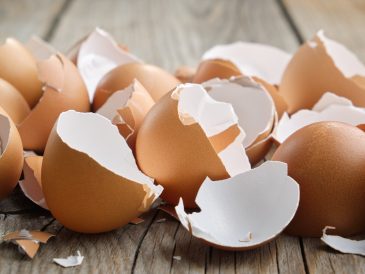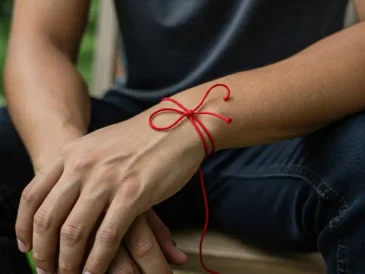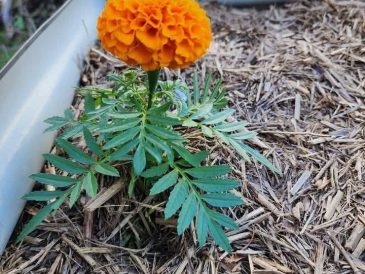When I first started getting into gardening, I remember my mom was visiting me at the time, and she told me about self-seeding flowers that she and grandma used to grow and love.
If you’re an extremely busy or lazy person, you’ve got to learn about self-seeding flowers, as they might quite literally change your life!
Let’s discuss these flowers in detail, shall we?
What Are Self-Seeding Flowers? Are They Important?

Well, in the simplest words, self-seeding flowers drop seeds at the end of their blooming cycle, grow new plants by themselves, and return year after year without needing to be replanted.
What makes self-seeding flowers so important and special is the fact that they help you save loads of time and money, which otherwise would have been spent on replanting new plants every season.
Here’s How To Encourage Self-Seeding in Your Garden

If you want to promote self-seeding activity in your garden, it’s very important that you:
- Avoid deadheading all flowers and actually let seed heads mature and drop on their own;
- Limit mulch around reseeding areas like the base of the flowering plant as much as possible;
- Try your best not to disturb the soil a lot, or else the self-seeding process may get hindered.
11 Self-Seeding Flowers For Effortless Seasonal Color
1: Calendula

Calendulas offer mesmerizing, bright orange and yellow blooms. The vibrant annual flower reseeds easily and grows best when outside temperatures are on the cooler end of the spectrum.
2: Nigella (Love-In-A-Mist)

Nigella flowers are typically shimmering white or blue in color, with decorative seed pods that allow for efficient reseeding. They’re great for naturalizing.
3: Larkspur

This self-seeding annual reseeds in early spring if allowed and offers tall, spiky blooms in shades of blue, purple, white, and even blazing red.
4: Poppies (Papaver Spp.)

Poppies offer delicate and colorful blooms in colors like red, orange, pink, and white. They grow best when allowed to drop seeds in place and return year after year with their bright flowers.
5: Alyssum

Alyssums are low-growing annuals that not only offer the most beautiful and delicate-looking flowers but also a sweet fragrance to accompany them. These flowers can bloom for months and self-seed generously.
6: Cosmos

Cosmos are extremely underrated when it comes to flower texture and beauty. The tall, airy flowering annual offers daisy-like blooms and self-seeds pretty easily. The thing I love about cosmos is that they even thrive in poor and unfavorable soil conditions.
7: Coreopsis

Although coreopsis flowers may not exactly be known for their reseeding qualities, there are certain varieties of this annual, however, that reseed freely and yield yellow daisy-like flowers.
8: Cornflowers (Centaurea Cyanus)

The cornflowers is a classic blue wildflower that not only attracts pollinators like bees and butterflies to the garden effectively, but also spreads fast through seed.
9: Black-Eyed Susan (Rudbeckia Hirta)

I’ve said this many times in my previous articles that black-eyed Susans resemble sunflowers for me. And, from a distance, they actually do. The sunny yellow petals combined with the dark center is a classic look that can elevate the vibe of any garden.
Black-eyed Susans reseed well and attract bees to the garden, which helps improve the garden ecosystem.
10: Verbena Bonariensis

Weirdly, it’s been a very long time since we’ve discussed verbenas here. This plant is tall and airy, offering blooms in bright shades of pink and lavender.
As long as there’s some warmth to work with, verbenas can self-seed quite easily and effectively, spreading and giving your garden that special pop of color when they bloom.
11: Cleome (Spider Flower)

Cleomes tend to grow tall with dramatic pink or white blooms. They self-seed generously but may need some thinning to get going.
Conclusion

So, there you go, your detailed guide on self-seeding flowers! These flowers will add continuous color to your garden, and some of them are just as good at attracting pollinators, simultaneously benefiting the garden ecosystem.
Although you need to be a little more careful and attentive when handling self-seeding flowers, the tiny bits of effort seem worth it when you consider how effortlessly they grow on their own without needing to be replanted every year.




